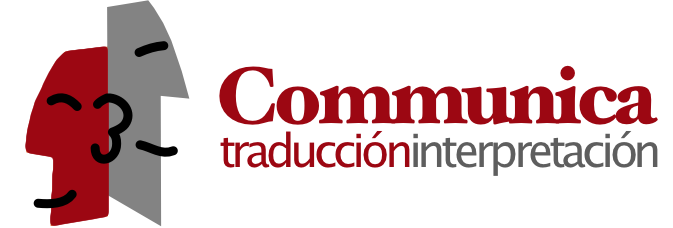As the demand for multilingual conferences and events continues to grow, professional conference interpreters play a vital role in facilitating effective communication across language barriers. With the advent of remote and hybrid events, interpreters are faced with the challenge of adapting their skills to broadcasting platforms. In this article, we will explore the key broadcasting techniques that professional conference interpreters can employ to deliver seamless and high-quality interpretation services.

- Clear and Articulate Speech:
Broadcasting requires interpreters to deliver their interpretations with clarity and precision. Interpreters must focus on enunciating each word clearly, maintaining an even pace, and using appropriate intonation to convey the speaker’s message accurately. This ensures that remote participants can understand the interpretation without any confusion or misinterpretation. - Proper Use of Microphone:
A quality microphone is essential for broadcasting interpretation effectively. Interpreters should position the microphone close to their mouth, at an appropriate distance, and speak directly into it. This helps to capture clear and audible interpretations, minimizing background noise and ensuring a smooth listening experience for remote participants. - Smooth Transitions and Timing:
In conference settings, interpreters often work in pairs or teams, taking turns to provide interpretation. Smooth transitions between interpreters are crucial to maintain the flow and coherence of the interpretation. It is important to establish clear signals or cues for transitioning, such as hand gestures or brief pauses, to ensure seamless handovers and avoid interrupting the speaker’s flow. - Adaptability to Technology:
Professional conference interpreters must be proficient in using the broadcasting technology and software employed for remote or hybrid events. This includes familiarizing themselves with the features and functions of broadcasting platforms such as Zoom, Microsoft Teams, or dedicated interpretation platforms. Interpreters should be comfortable managing language channels, mute/unmute functions, and troubleshooting any technical issues that may arise during the event. - Contextual Awareness:
Interpreters must possess a deep understanding of the subject matter and context of the conference to provide accurate and contextually appropriate interpretations. Preparing in advance by studying relevant materials, researching the speakers, and familiarizing themselves with the conference agenda helps interpreters deliver high-quality interpretations that capture the nuances and intent of the speaker’s message. - Active Listening and Note-Taking:
During conference broadcasts, interpreters must engage in active listening and take concise notes to aid their interpretation process. Effective note-taking techniques, such as abbreviations and symbols, enable interpreters to capture key points and details quickly. This allows them to deliver accurate interpretations even when faced with complex or lengthy speeches. - Professional Conduct and Ethics:
Professional conference interpreters uphold strict codes of conduct and ethics. This includes maintaining confidentiality, impartiality, and professionalism in their interpretations. Interpreters should refrain from injecting personal opinions or biases into their interpretations and ensure that they adhere to the highest standards of professional integrity.

Broadcasting techniques are essential for professional conference interpreters in today’s remote and hybrid event landscape. Clear and articulate speech, proper microphone usage, smooth transitions, adaptability to technology, contextual awareness, active listening, and professional conduct are all key aspects of delivering exceptional interpretation services. By mastering these techniques and continuously honing their skills, professional conference interpreters can ensure seamless and effective communication across languages, enabling successful multilingual conferences and events.
